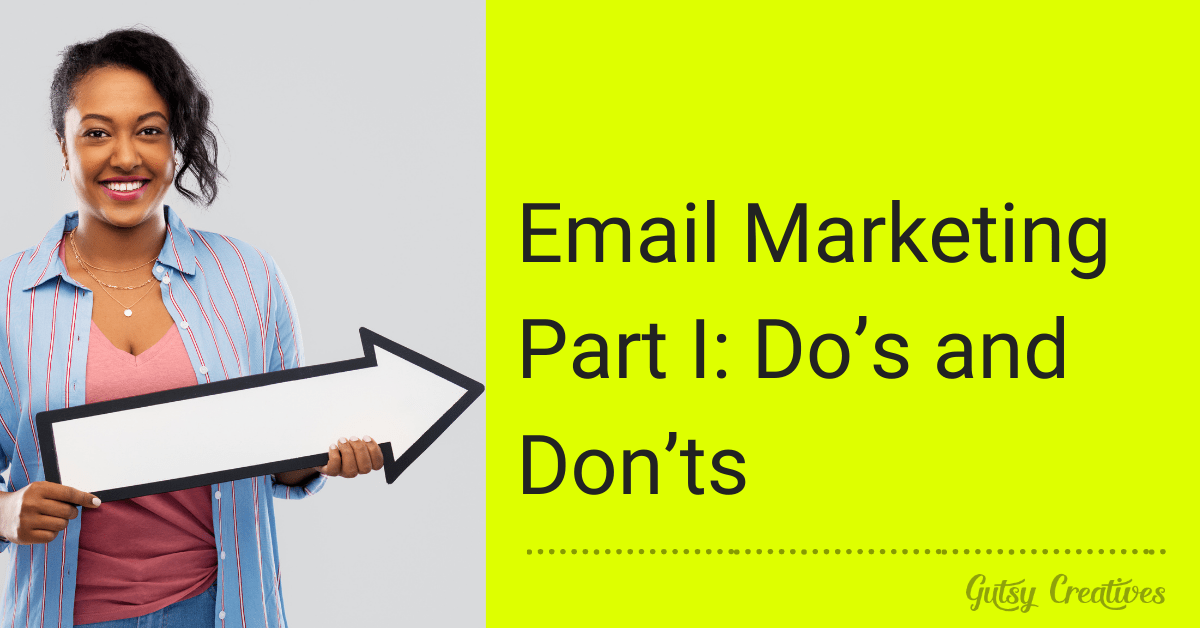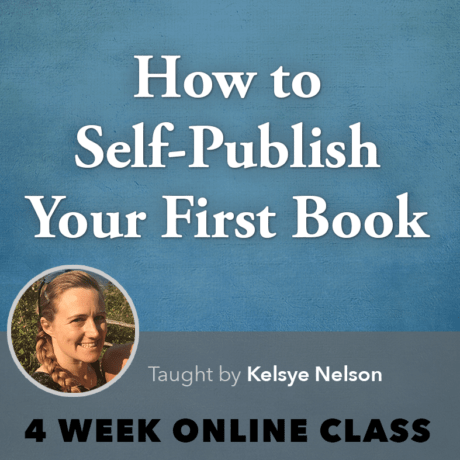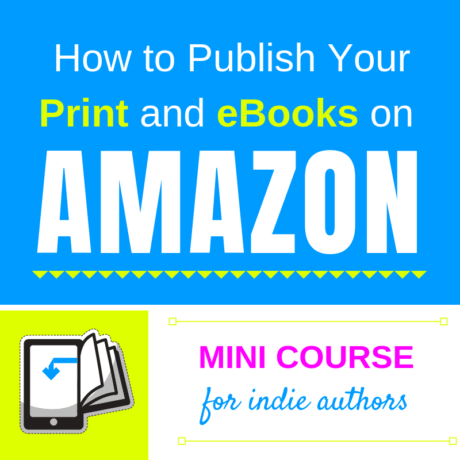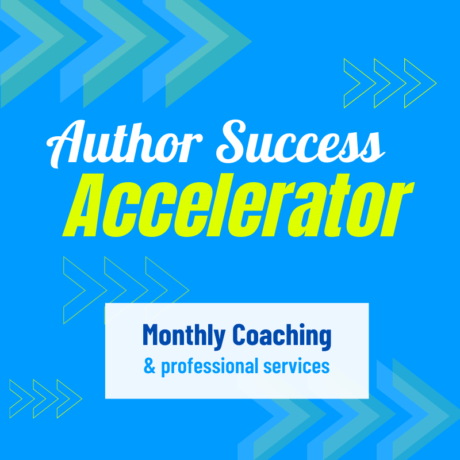

Email marketing is an essential aspect of marketing your book. Sending out engaging and interesting emails to your subscribers can help you build a long-standing relationship with them, boosting your sales and cementing your integrity as an author.
This is Part I of a two-part series, exploring the do’s and don’ts of email marketing.
Do’s:
01. Write Short Subject Lines
The success of your email campaign depends upon how many subscribers actually open your emails. And most of them will spare a passing glance at the subject of your email, and move on with their lives—or decide to click on it and read what you have to say. In fact, according to Invesp, 47% of email recipients open emails based solely on the subject line. This is why it’s extremely important to come up with a short, interesting and informative subject line to each of your emails.
Use enticing cliffhangers in your subject lines to create intrigue, and follow it up with an optimized pre-header text (the preview text that appears alongside the subject line), which would help increase the customer click-through-rate of your emails. You can also add emojis as a safe and easy way to grab your reader’s eye, but just remember to stay away from using all caps or more than one punctuation symbol – these are a fast way to end up in your subscriber’s spam folder.
02. Send Personalized Emails
Start the body of your email with a friendly, personalized greeting. This can help build familiarity between you and the reader, which could lead them to visit your website and browse through your books. In fact, 80% of subscribers are more likely to purchase your items through personalized emails, according to a New Epsilon research.
Similar to the subject line, the body of your email, too, must ideally be short but informative. Subscribers will not read paragraphs upon paragraphs of content from a stranger, therefore getting to the point of your email early on can hook your reader—but also remember to avoid being curt or aggressive.
03. Give Away Freebies
While giving away something for free to your subscribers may not seem like a very profitable thing to do, that is what would motivate most people to sign up to your newsletter in the first place: the promise of something free, perhaps an ebook or some free writing tips, in exchange for their email address.
04. Reach Out to Inactive Customers
We often subscribe to newsletters and eagerly open the first email only to forget about the entire thing in a week or two. If you’re starting a newsletter, this is an inevitability—but you can also find ways to re-engage with these inactive customers.
Compile a list of subscribers who haven’t opened your emails in several months, and send them a re-engagement email with discounts or promo codes or even sample chapters of your books.
And if that doesn’t work, you can always remove consistently inactive email addresses and clean up your list. While most email marketers focus on growing their list, having bad addresses can damage the reputation of your website, because email providers like Gmail track how readers respond to your emails.
Don’ts:
01. Don’t Buy—or Sell—Email Lists
Although there are many ways to buy email lists, and it may seem like an easier and more convenient thing to do, it could also damage your reputation and annoy your customers. When buying an email list, you purchase a list of names and email addresses from a provider for your target market. But by doing so, you’re opting to send your emails to people who never willingly subscribed to receive them. This would result in lesser engagement and interest, and also lower deliverability rates—which means your email may never make it to their inbox, instead ending up in the spam folder.
It is, therefore, much more effective to build your own email list organically, filled with the email addresses of people who are actually interested in what you have to say.
02. Don’t Send Emails Too Often
Sending an email every day is a sure way to get your readers to unsubscribe from your newsletter. Instead, send emails only when you have something valuable to share with your customers—like news about upcoming releases or book events and discounts they shouldn’t miss.
Use the frequency capping feature to limit the number of emails a subscriber would receive within a specific time period to avoid over-emailing.
03. Don’t Use Spammy Words
As mentioned above, freebies are a great idea to grow your newsletter list—but it’s important to remember that most words you would be tempted to use in your email could be considered spam by most spam filters. When you use over-promotional words like “sale”, “free”, and “cash”, your email would automatically end up in the receiver’s spam folder without them ever getting around to reading your email, which could seriously damage your discoverability.
04. Don’t Forget to Optimize Emails for Different Devices and Platforms
Your subscribers will be using a plethora of email platforms, and each of them will have their unique interface. Remember to customize your email to look good on all these platforms—whether it be Gmail or Outlook or Apple Mail—and also on different devices. An email that looks stunning on desktop is going to look cluttered and disorganized on a mobile screen.
Building your email list can take some time—but when you have established connections with the people who truly care about your work, it becomes effortless and rewarding.

Sharika Hafeez
Sharika Hafeez is a nerd, and she’s proud of it. Growing up, she fell in love with books and writing, and is currently following her undergraduate degree (for some mysterious reasons) in Physics. She likes procrastinating by watching the stars with a steaming cup of tea, composing poetry in her head.







0 responses on "Email Marketing Part I: Do’s and Don’ts"